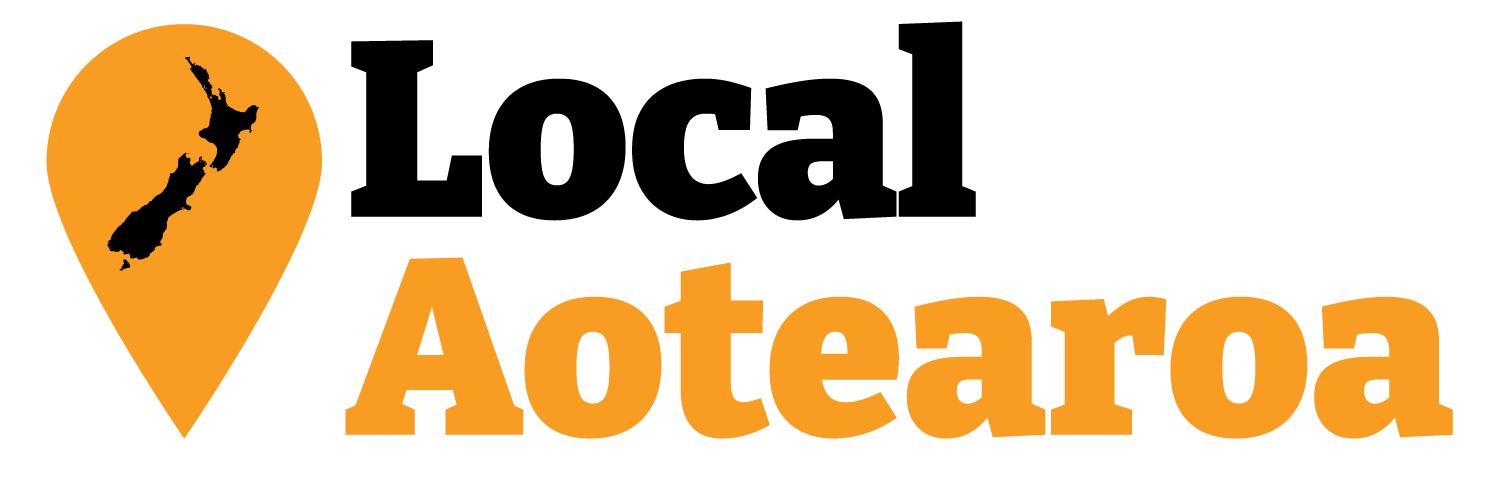Coalition Government opens up free-for-all on Regional Deal proposals
An AI-generated image of a man opening a wooden chest and paperwork flying out of it.
At Local Government New Zealand’s (LGNZ) combined sector meeting this week, Local Government Minister Simeon Brown announced that the Coalition Government is expanding eligibility for apply for Regional Deals to all councils. This marks a significant departure from the invitation only approach originally announced back in August, marking a significant change of tune from the Government.
Under the new framework, councils will need to work together as a region to submit a “light-touch” proposal which lists the region’s top five “priorities or projects” - these being the “initiatives with the greatest potential to drive economy growth, infrastructure development, and housing affordability.”
Central government will then assess all the proposals they receive, with a view to finalise their first Regional Deal by December 2025, and three Regional Deals expected to be in place by October 2026 - just in time for the General Election.
Simeon Brown cautioned that regional deals shouldn’t be a wish list of aspirational projects, rather than need to be practical, impactful, realistic, achievable, and tailored to the region’s specific needs. Indications also are that the Government will look more favourably on proposals that demonstrate greater collaboration, shared services, and innovative thinking between councils. A carrot for councils that are on the fence about the Government’s Local Water Done Well reform was offered too, with a hint that councils who are advancing their Water Services Delivery Plans will find themselves better placed to secure a regional deal.
The change from an invitation only to a free-for-all approach marks a stark departure from the Government’s earlier position. Documents released to Local Aotearoa under the Official Information Act reveal that throughout the development of the Regional Deals Framework, officials were concerned about councils already spending time and money preparing proposals before the framework had even been developed, with Simeon Brown evidently writing to councils telling them all to cool their heels while the Regional Deal framework was developed.
It also means that for regions like Wellington, where Greater Wellington Regional Council chair Daran Ponter advised elected members that all indications were the Wellington region wouldn’t be one of the first cabs off the rank when the framework was announced in August, might now at least have a fighting chance if it can put together a compelling enough proposal.
The expanded eligibility for all regions to submit proposals comes on the back of what was a busy day at LGNZ’s combined sector meeting. The Local Government Funding Agency (LGFA) announced that councils in “high-growth” areas would be able to apply to access a higher borrowing limit - up to 350 percent debt-to-revenue (versus 280 percent for councils with external credit ratings and 175 percent for those without - and lower still for others). The list of councils that the LGFA believes are most likely to benefit from the change also likely give a good indication of where the priority regions for Regional Deals are likely to be - Auckland, Waikato District, Western Bay of Plenty District, Christchurch City, Selwyn District, Waimakariri District, Whangarei District, New Plymouth District, Hastings District, and Tasman District.
On the flip side, the topic of rate capping/pegging was also the subject of much discussion. The Department of Internal Affairs recently advertised for a policy advisor to start work on researching and investigating options around this controversial tool, and LGNZ has wasted no time in highlighting the issues with the measure by bringing in experts from local government in Australia who have had to deal with the negative impacts of rate capping.
As an alternative to rate capping measures, LGNZ also issued a comprehensive list of alternative funding and financing tools that it wants central government to explore to reduce the pressure on ratepayers being the primary source of local government funding. Some of the tools Local Aotearoa explored back in August feature, as do numerous tools that central government is working on or has shown interest in. One that possibly should be there, but isn’t, could be some sort of national infrastructure and asset self-insurance scheme to help address the increasing costs and uninsurability risks of some pieces of national and local infrastructure in the face of natural disasters and climate change.





